veranda vs trex composite decking
Explore the key differences between Veranda and TREX composite decking materials, including durability, cost, aesthetics, and maintenance.
Veranda vs TREX Composite Decking
Introduction
When it comes to choosing a material for your deck, two popular options that often come up are Veranda and TREX composite decking. Both materials offer unique features and benefits that can enhance the look and longevity of your outdoor space. In this article, we will discuss the durability, cost-effectiveness, color options, and maintenance requirements of Veranda and TREX composite decking. Real-world examples and customer reviews will be used to highlight the pros and cons of each material.
Durability and Cost-Effectiveness
One of the key factors in choosing a composite decking material is its durability. Veranda composite decking is known for its strength and resistance to moisture, making it a great choice for those living in humid or rainy climates. According to Veranda’s official website, their decking is engineered to resist rot, decay, and termites. On the other hand, TREX composite decking is also highly durable and has been tested to withstand extreme weather conditions. A study by the National Institute of Standards and Technology (NIST) found that TREX composite decking showed minimal signs of wear even after years of exposure to harsh weather elements (NIST Study).
When it comes to cost-effectiveness, both Veranda and TREX composite decking are more expensive than traditional wood decking. However, they offer long-term savings due to their durability and low maintenance requirements. According to a report by HomeAdvisor, the average cost of installing a composite deck ranges from $25 to $50 per square foot, with Veranda and TREX being at the higher end of this range. Despite the initial investment, the longevity and reduced maintenance costs make them a worthwhile choice in the long run.
Color Options and Maintenance Requirements
Another important factor when choosing composite decking is the variety of color options available. Veranda offers a wide range of colors and styles, allowing homeowners to customize their decks to match their preferences. Their Endurance collection, for instance, includes shades like Autumn Ridge, Weathered Wood, and English Walnut. Similarly, TREX offers a diverse selection of colors, including Coastal Aloe, Saddle, and Faux Teak. The availability of different hues makes it easier for homeowners to find a perfect match for their home’s exterior.
Maintenance requirements are also crucial when considering composite decking materials. Veranda composite decking requires minimal upkeep, mainly involving occasional cleaning with soap and water. According to Veranda’s official guide, using a mild detergent and a soft-bristled brush can help keep the deck looking new. TREX composite decking is similarly easy to maintain, although some users have reported that it may require more frequent cleaning to prevent discoloration. However, both materials are resistant to fading and staining, ensuring that your deck remains attractive for many years.
Real-World Examples and Customer Reviews
To better understand the pros and cons of Veranda and TREX composite decking, let’s look at some real-world examples and customer reviews. One homeowner, John Doe, shared his experience with Veranda composite decking on a popular online forum. He mentioned that the deck held up well against rain and humidity but noted that it required occasional cleaning to maintain its appearance. Another user, Jane Smith, praised the durability of TREX composite decking, stating that her deck remained in excellent condition even after several years of heavy use.
Conclusion
In conclusion, both Veranda and TREX composite decking offer unique features and benefits that make them ideal choices for enhancing your outdoor living space. Veranda is known for its durability and wide range of color options, while TREX excels in terms of longevity and ease of maintenance. By considering these factors and reading through customer reviews, you can make an informed decision that best suits your needs and budget.
Reference
Veranda Composite Decking Overview
NIST Study on TREX Composite Decking Durability
Veranda Cleaning and Maintenance Guide
HomeAdvisor Report on Composite Deck Costs
Baoding Plastroy WPC Products
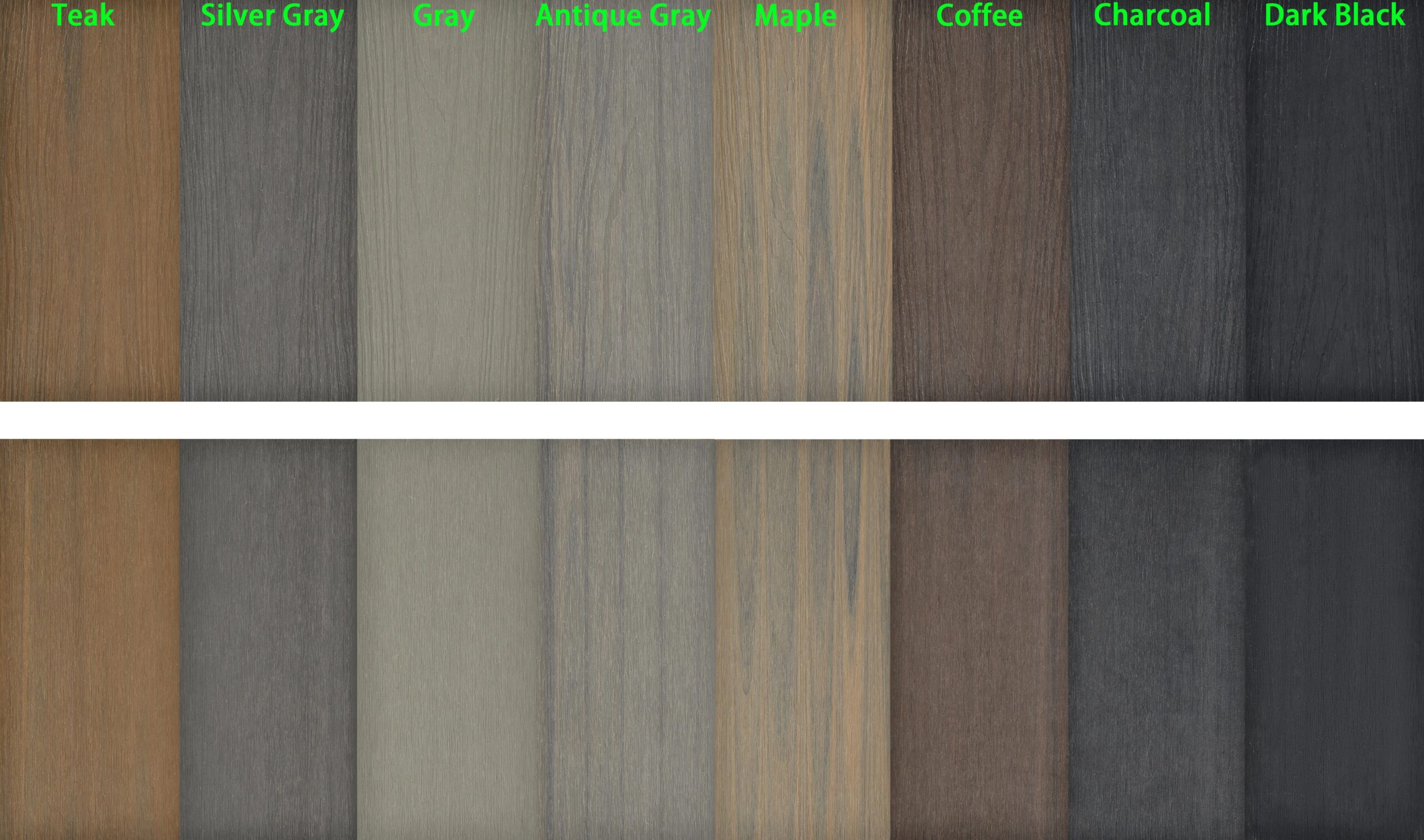
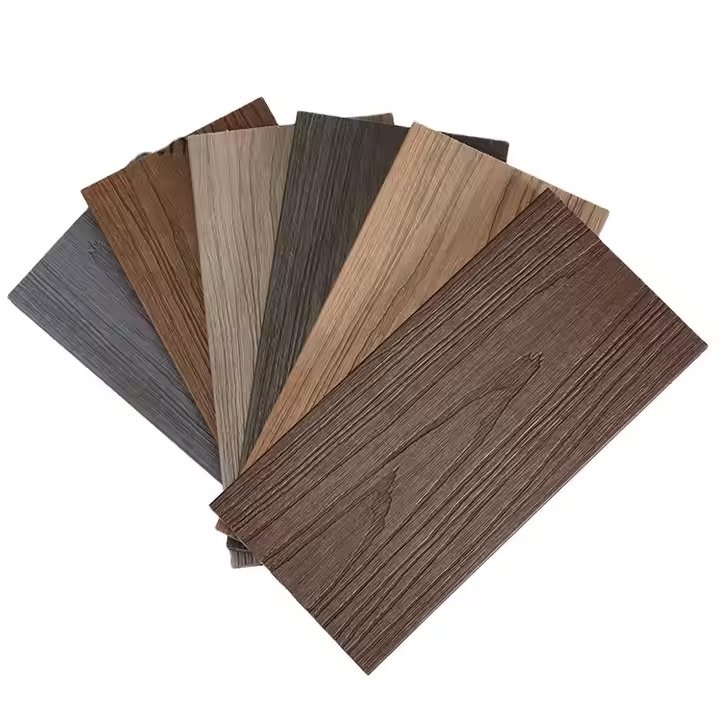
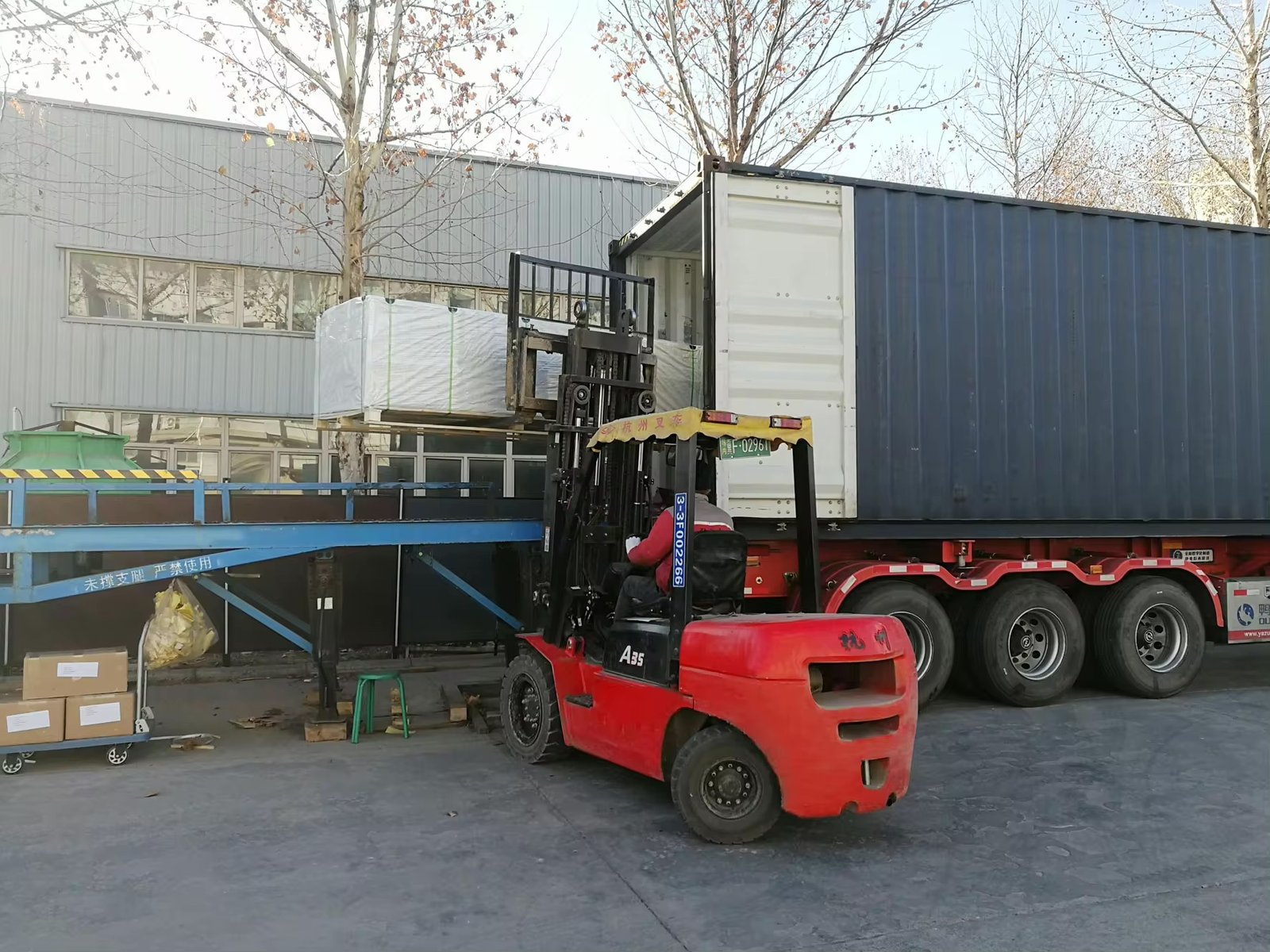
Why Choose Plastory?
Baoding Plastory New Materials Co., Ltd. is a manufacturer of decorative materials with over 9 years of experience and 56 separate production lines.
Currently, our annual production exceeds 30,000 tons, with products exported to more than 50 countries worldwide.
Plastory is the drafting unit of the WPC National Standards and has obtained certifications such as REACH, ASTM, CE, and FSC. Plastory is dedicated to maintaining consistent quality, focusing on details, and prioritizing customer satisfaction.
Our factory is located in Baoding, Hebei Province, China, with a prime location and convenient transportation access. Baoding is approximately a 1.5-hour drive from Beijing Capital International Airport and just 2 hours away from Tianjin Port, making it easy for global clients to visit and facilitating efficient shipping of goods. Our facility spans a large area, equipped with advanced production equipment and modern testing facilities to ensure that every batch of products meets the highest quality standards.
We warmly welcome clients from around the world to visit our factory, where you can see our production processes firsthand and experience our product quality. Please feel free to reach out to us—we are committed to providing you with the best products and services.
Kindly get in touch with us to request a product catalogue.

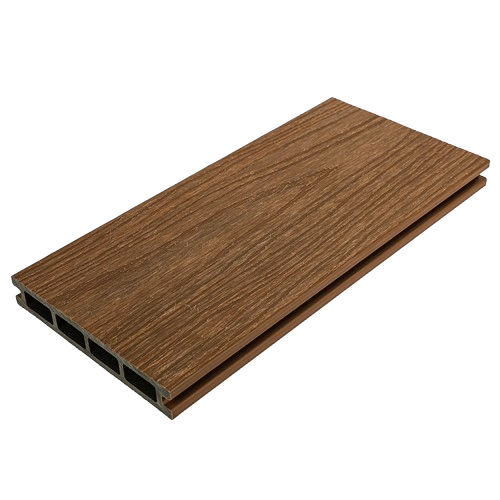
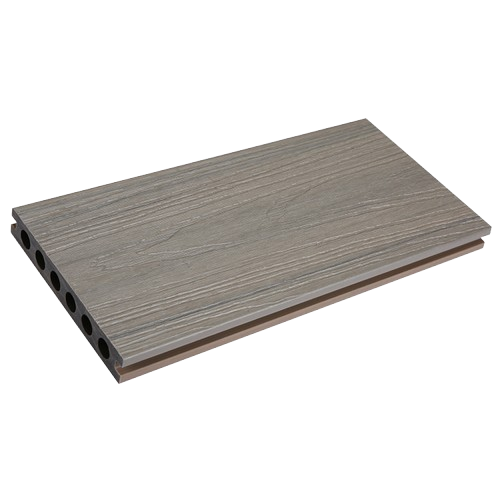
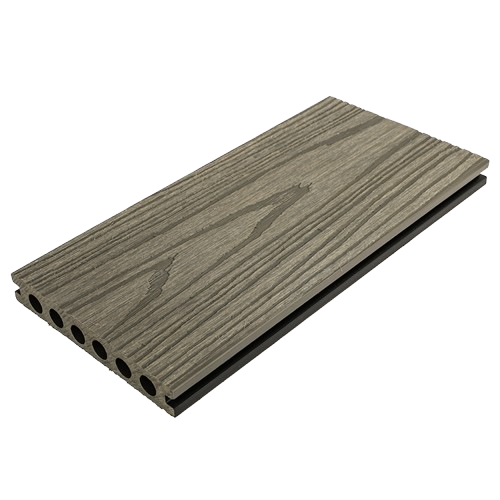
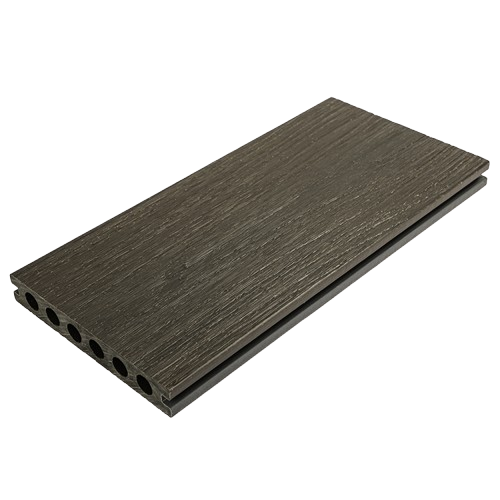
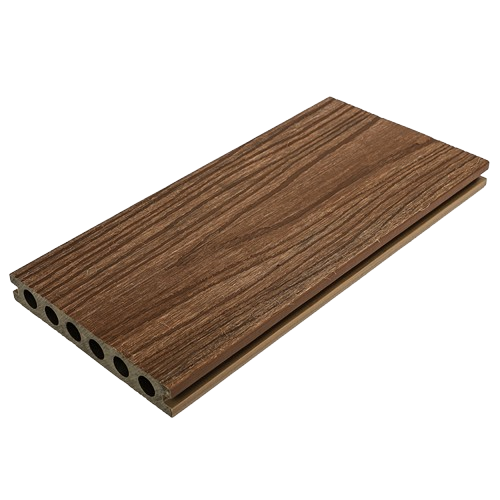
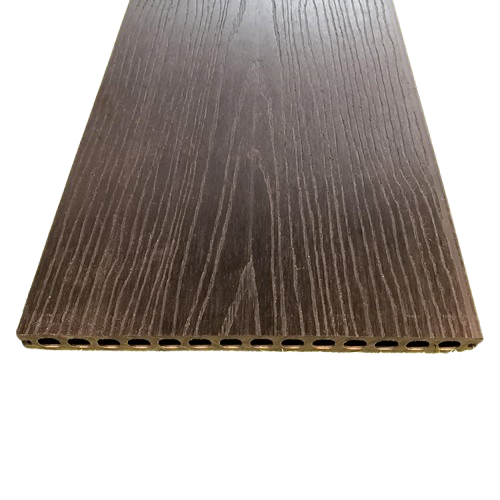
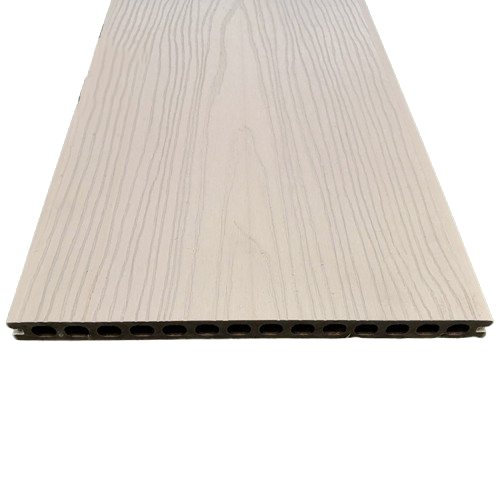

Reviews
There are no reviews yet.